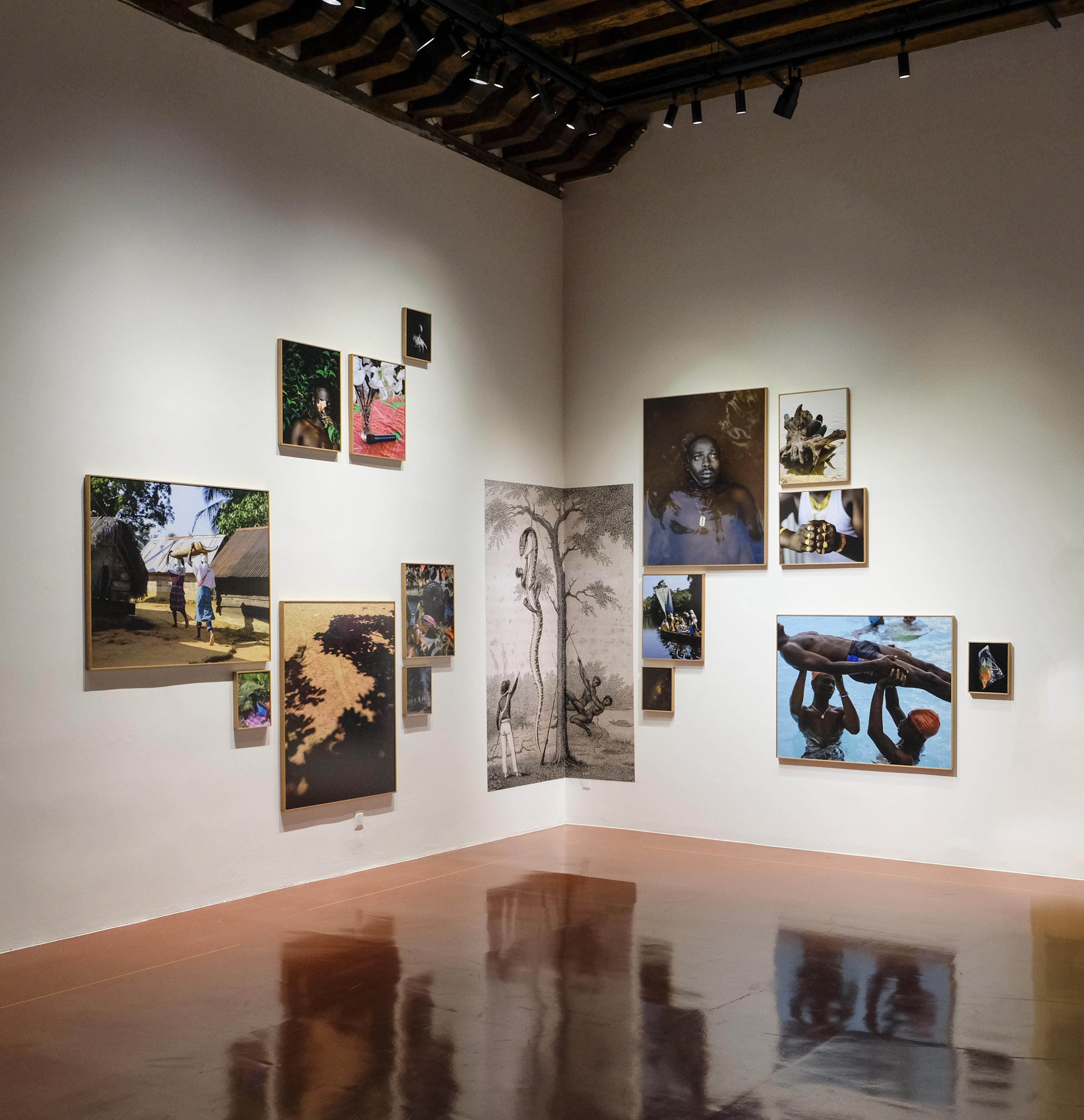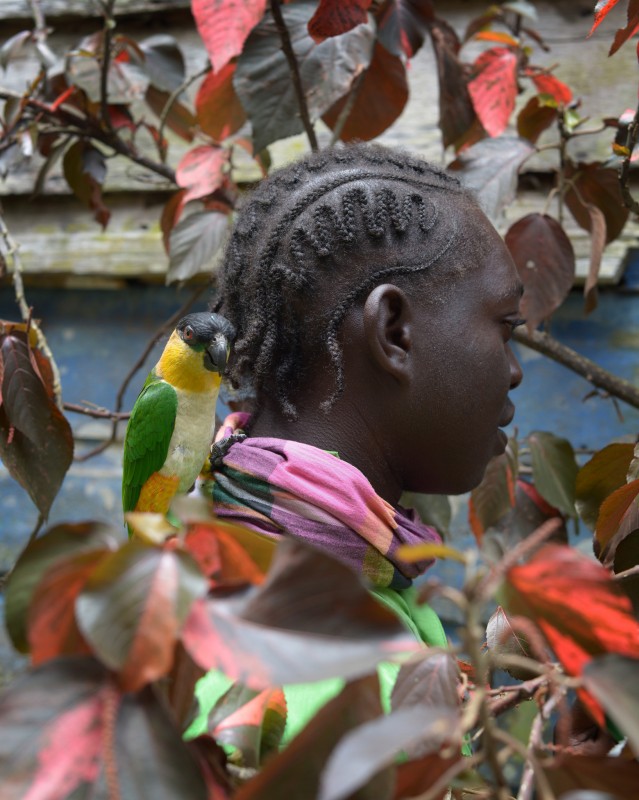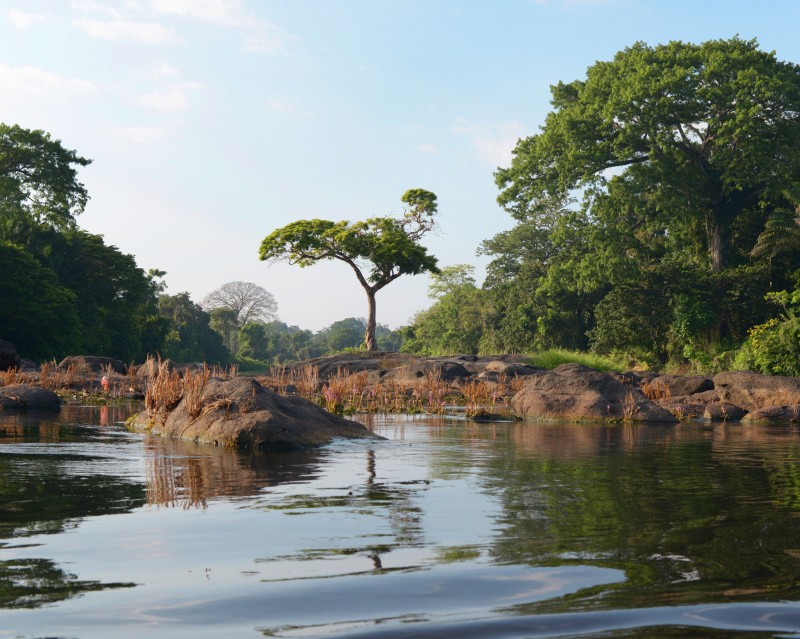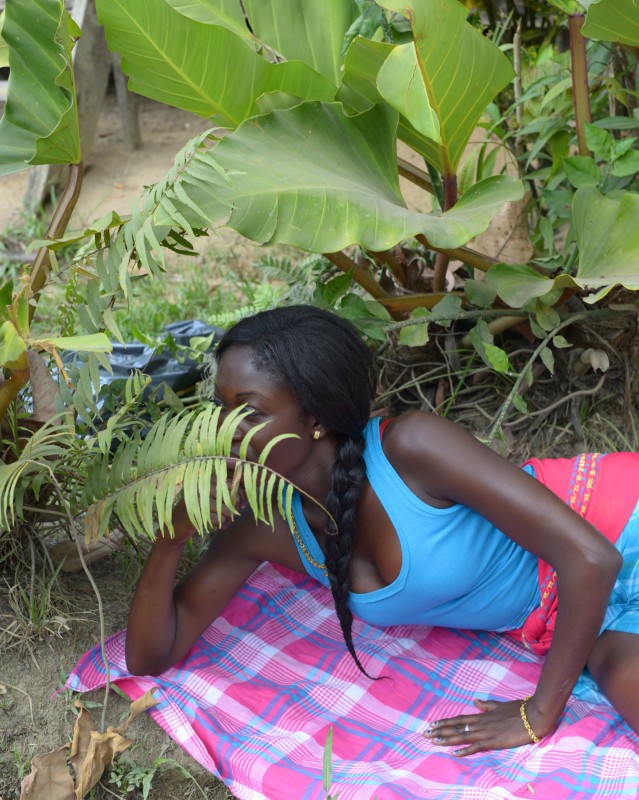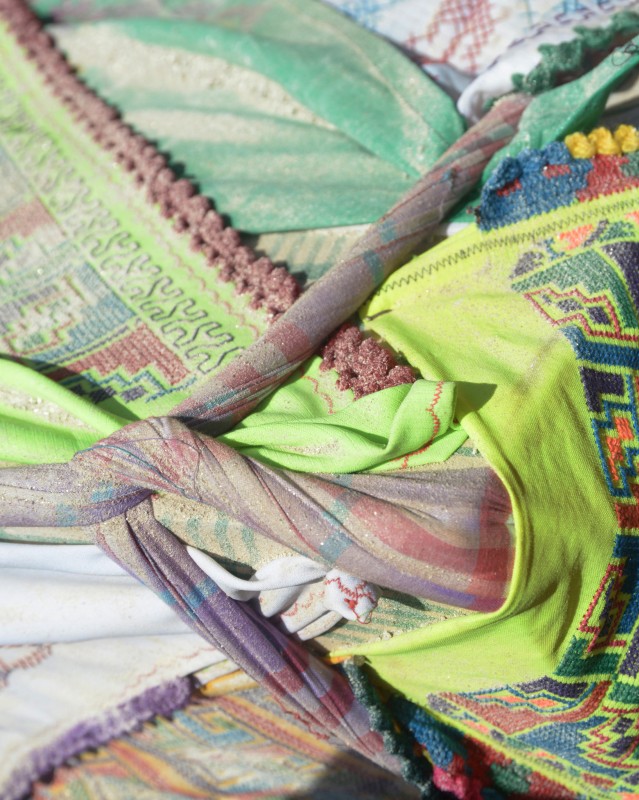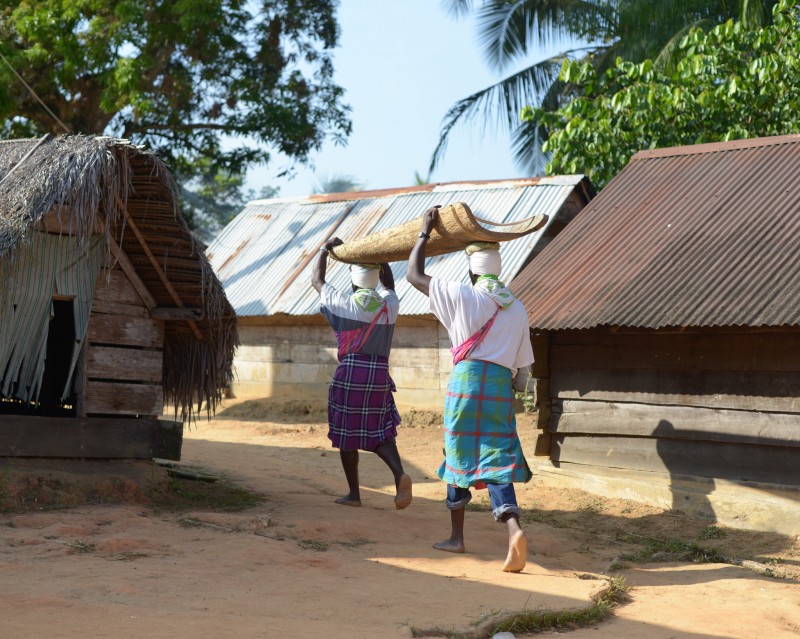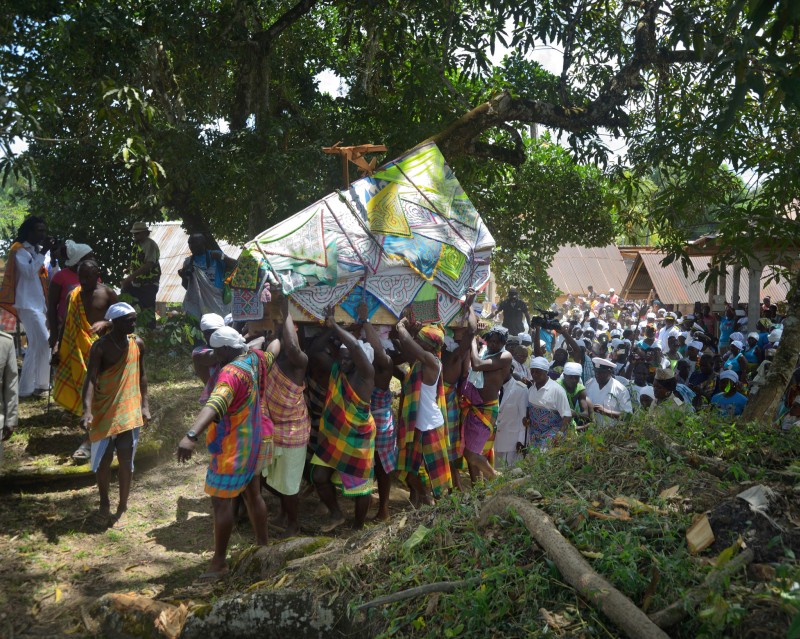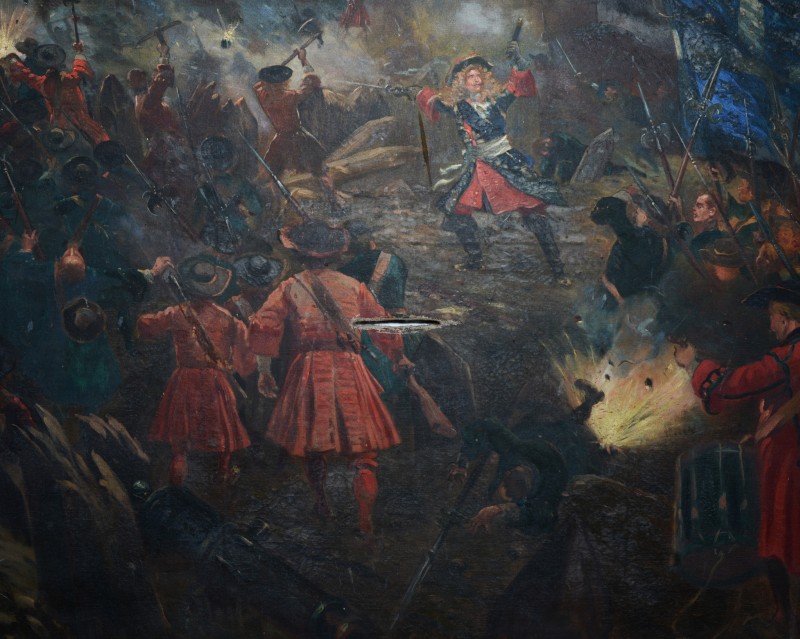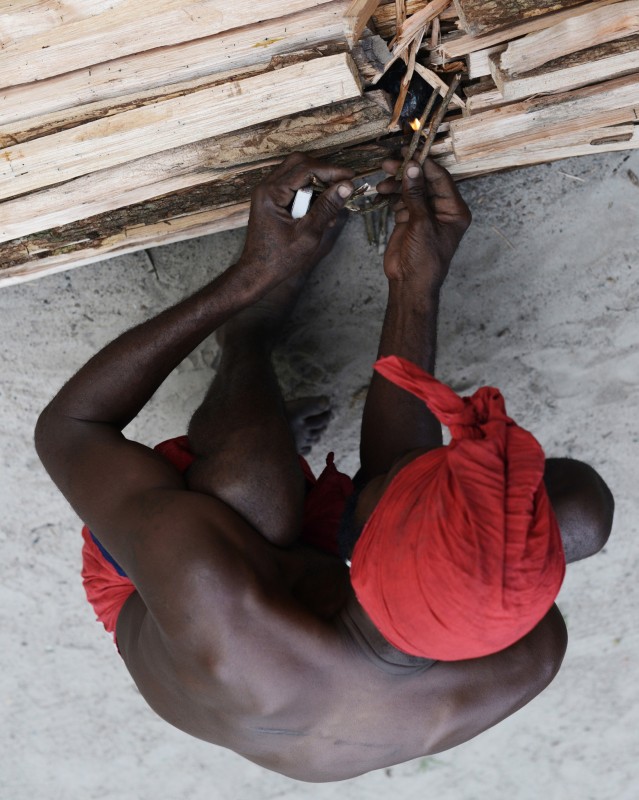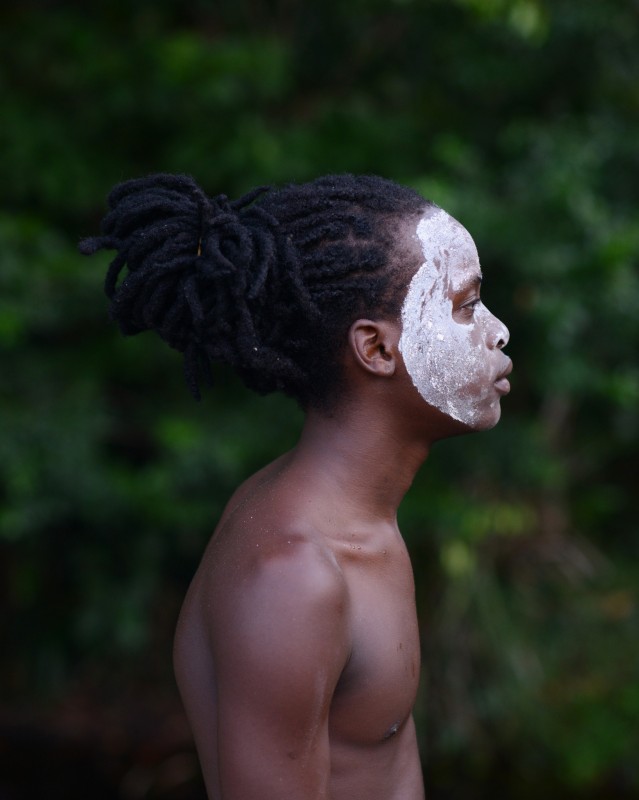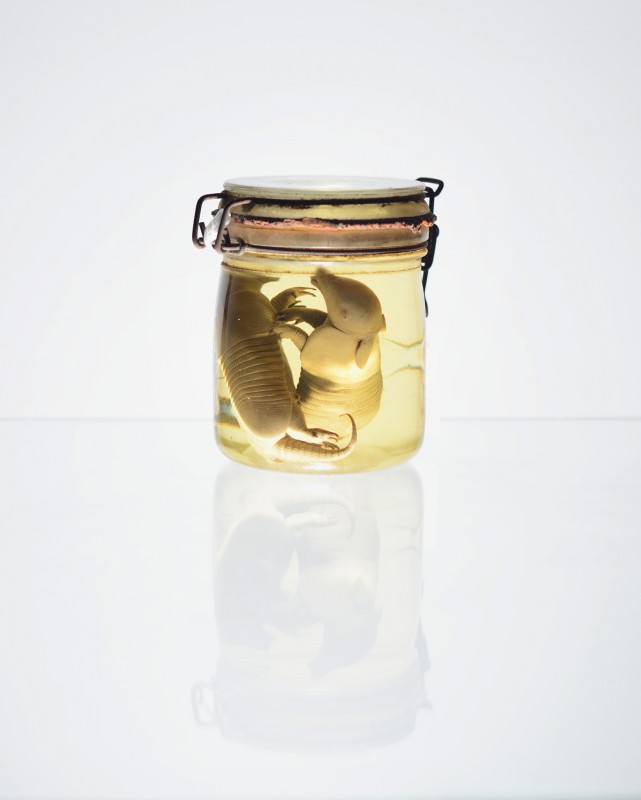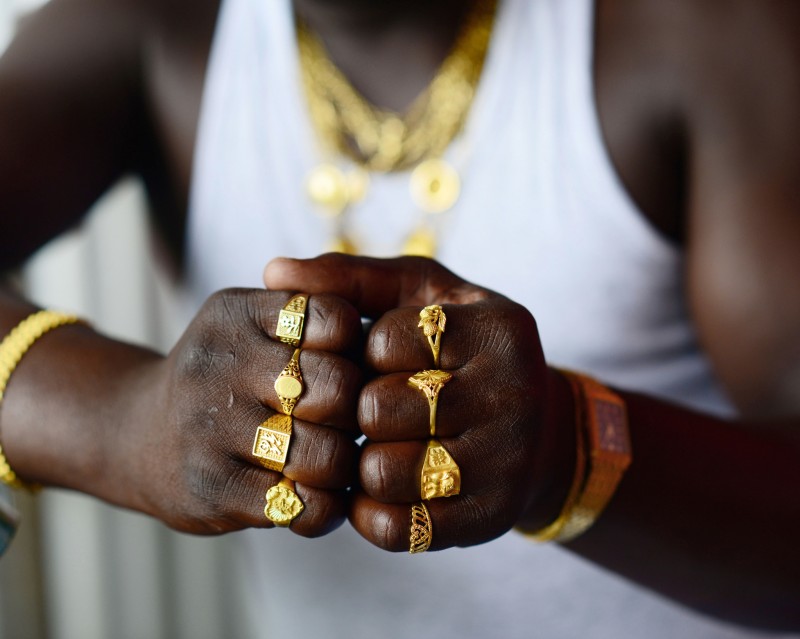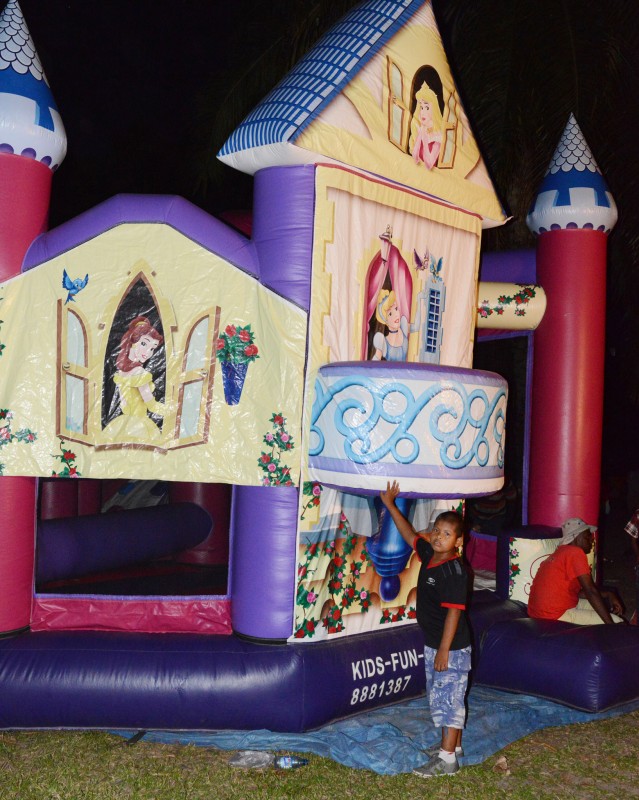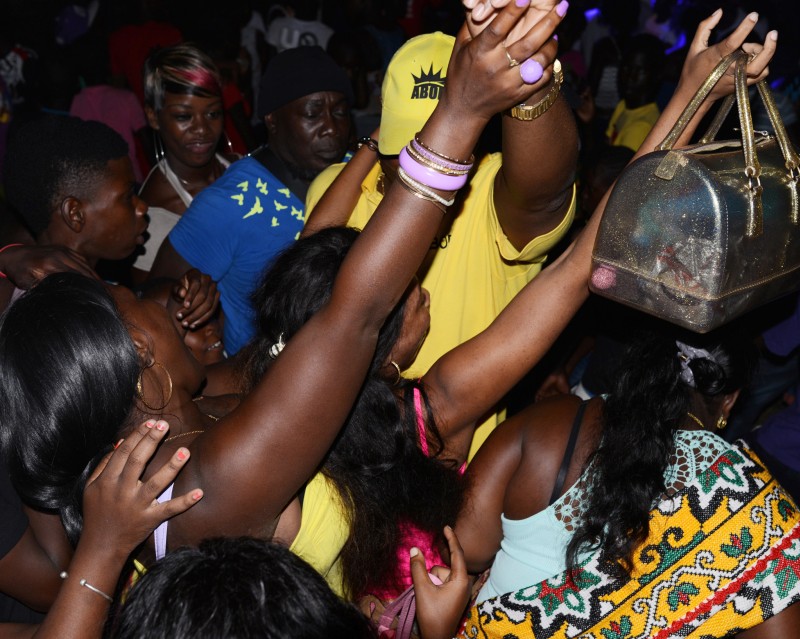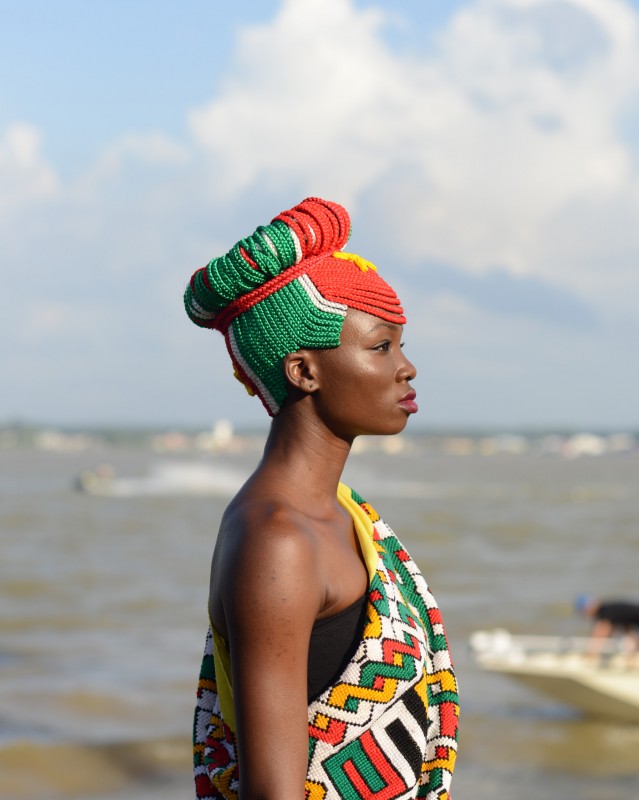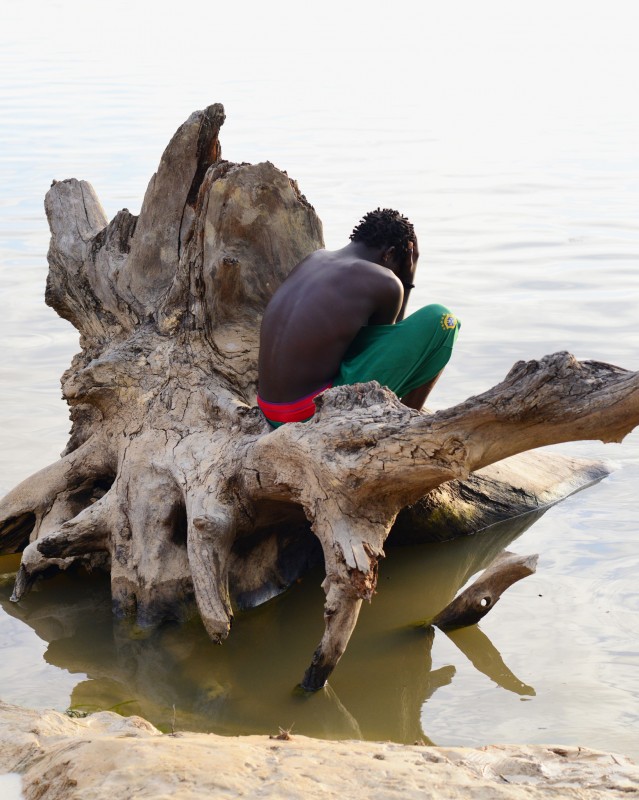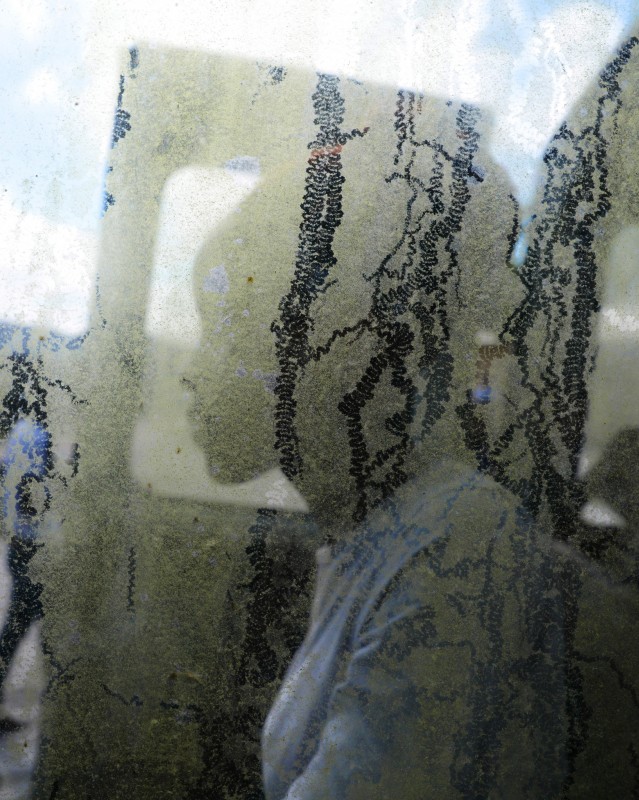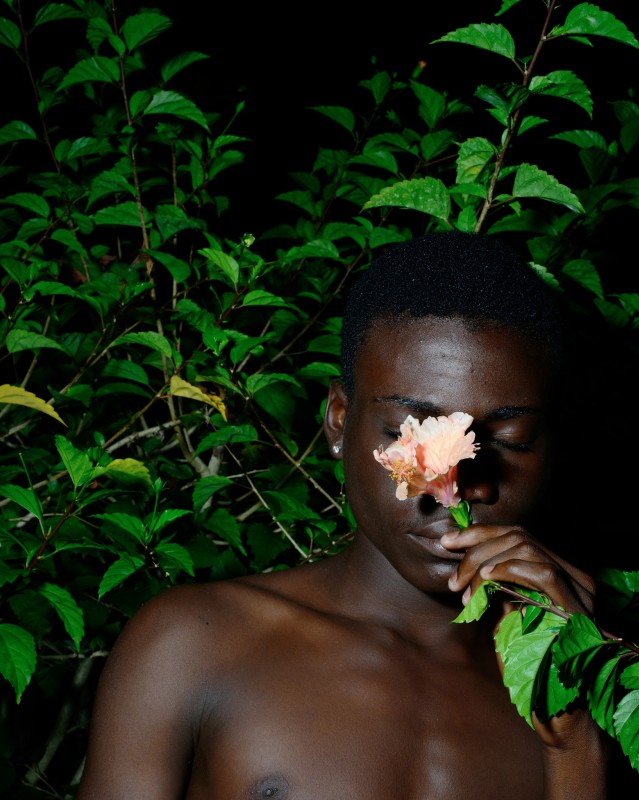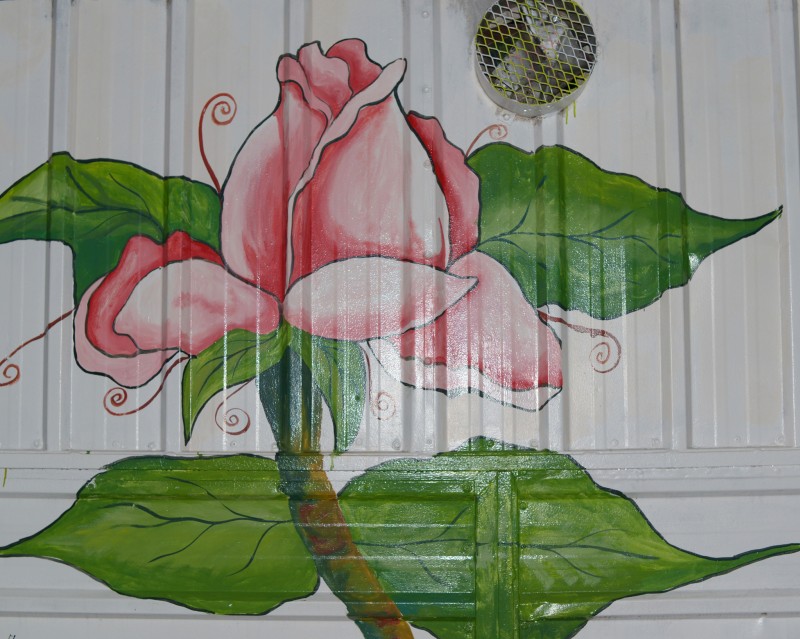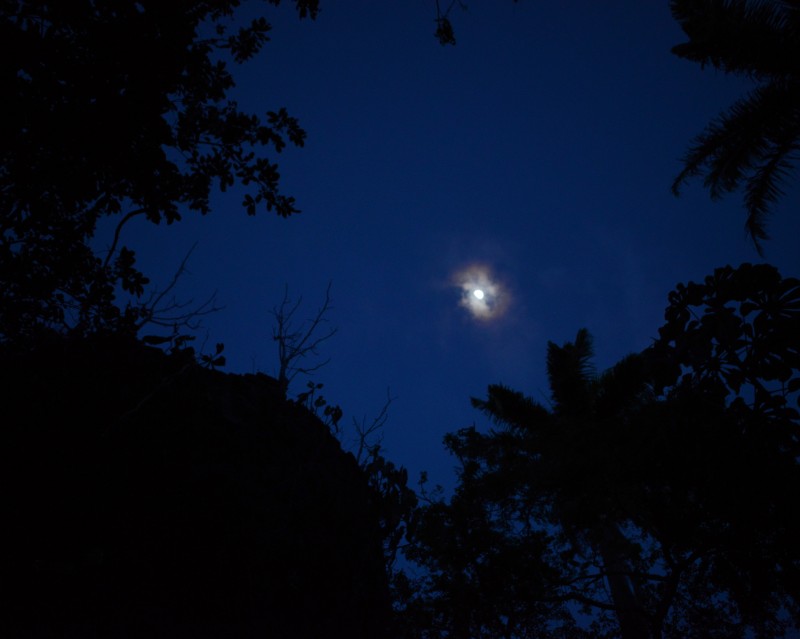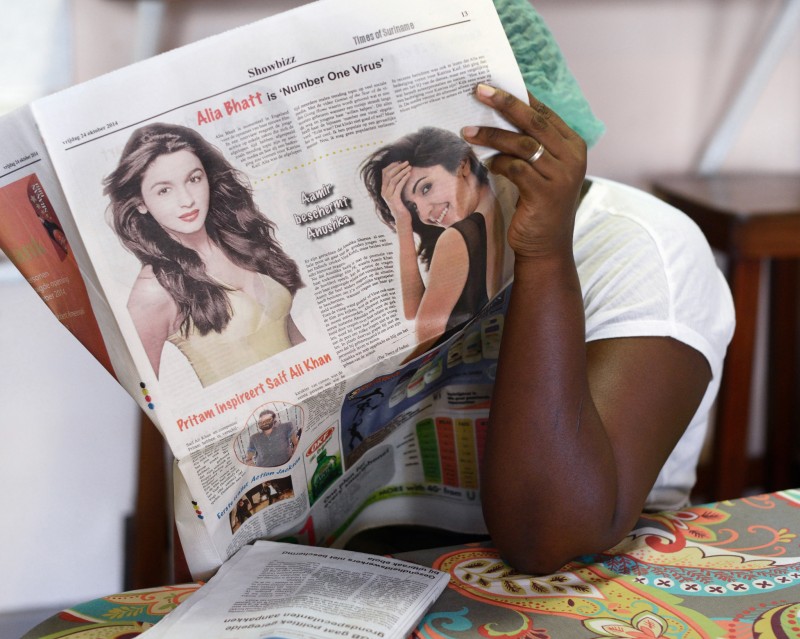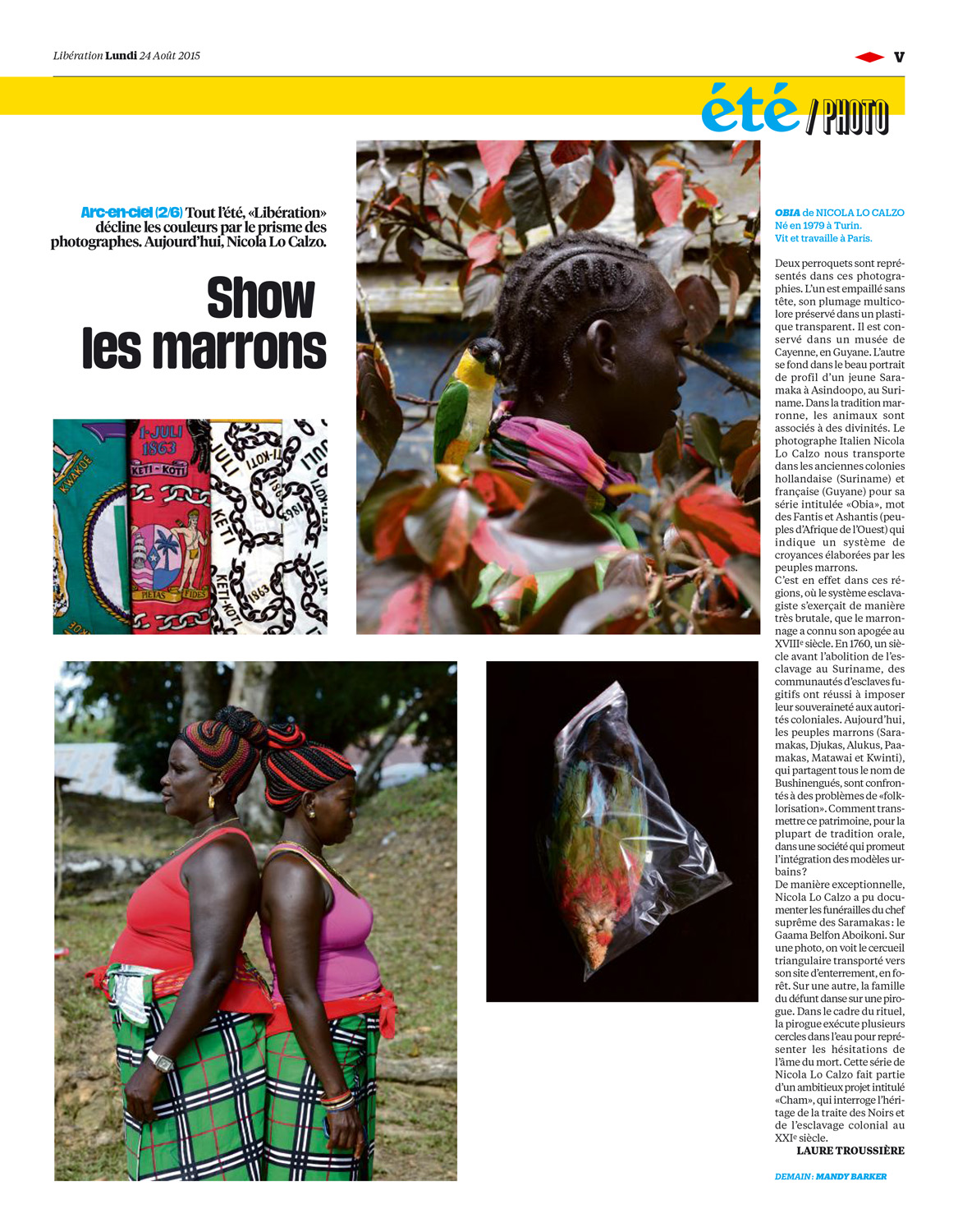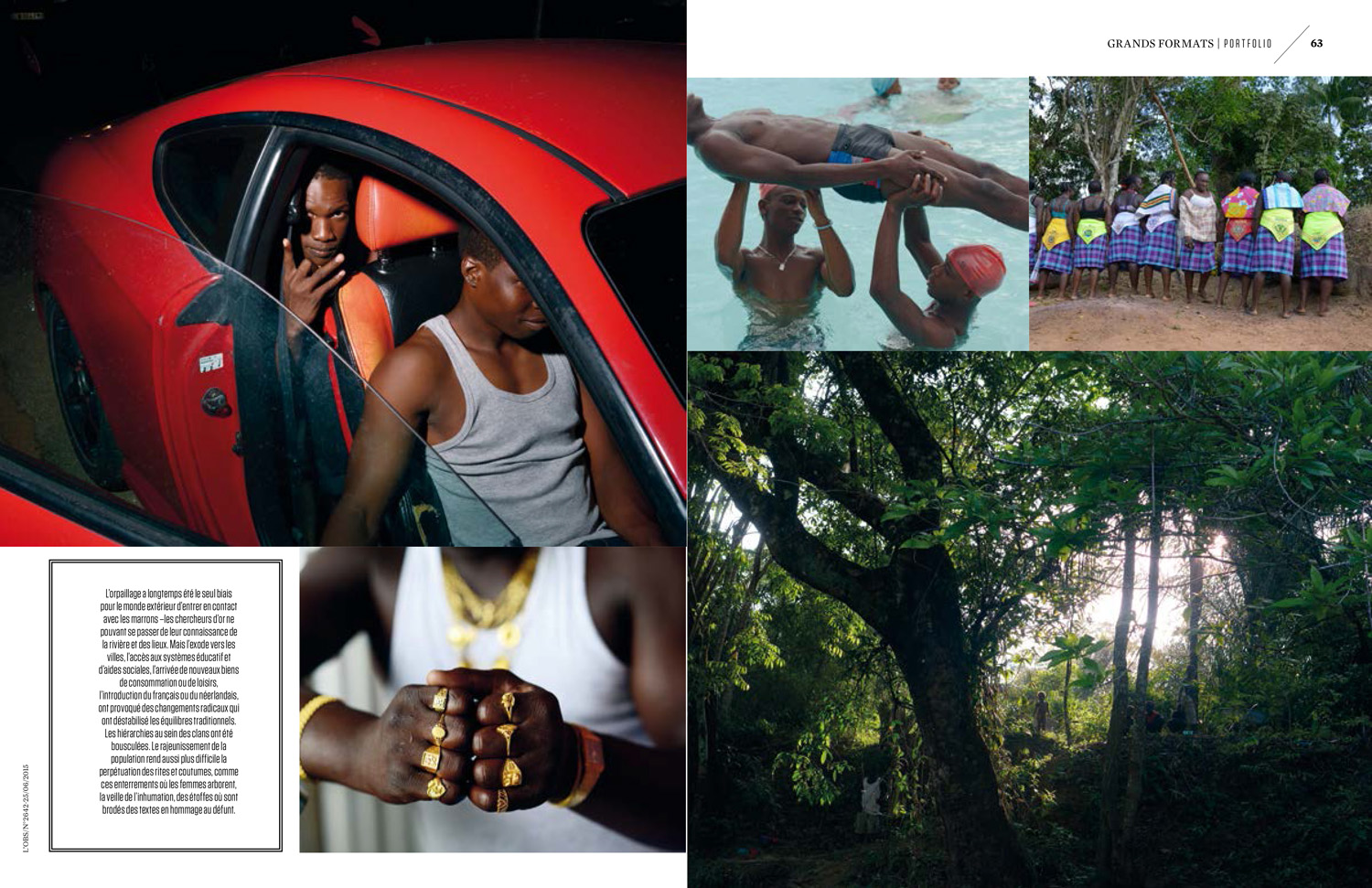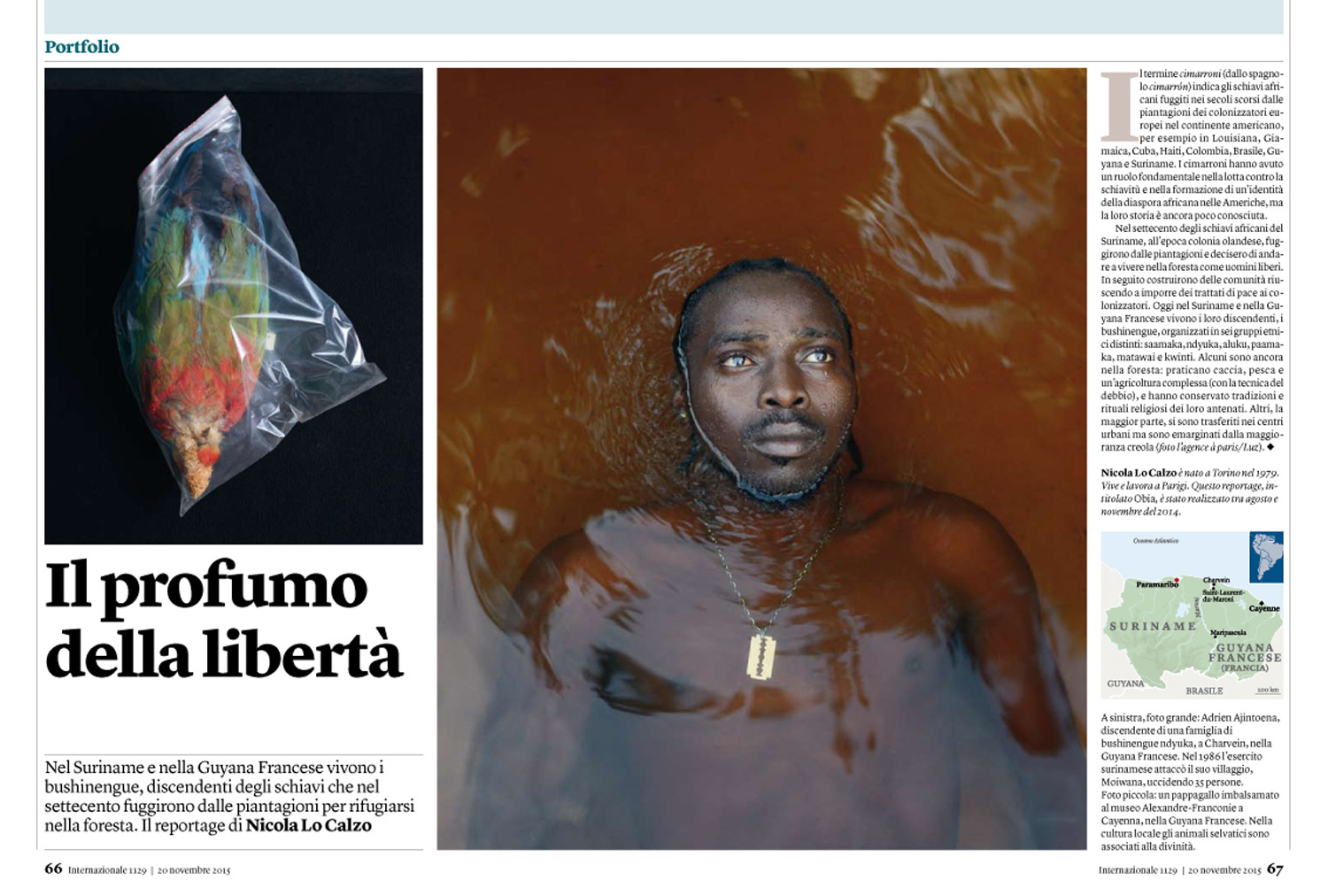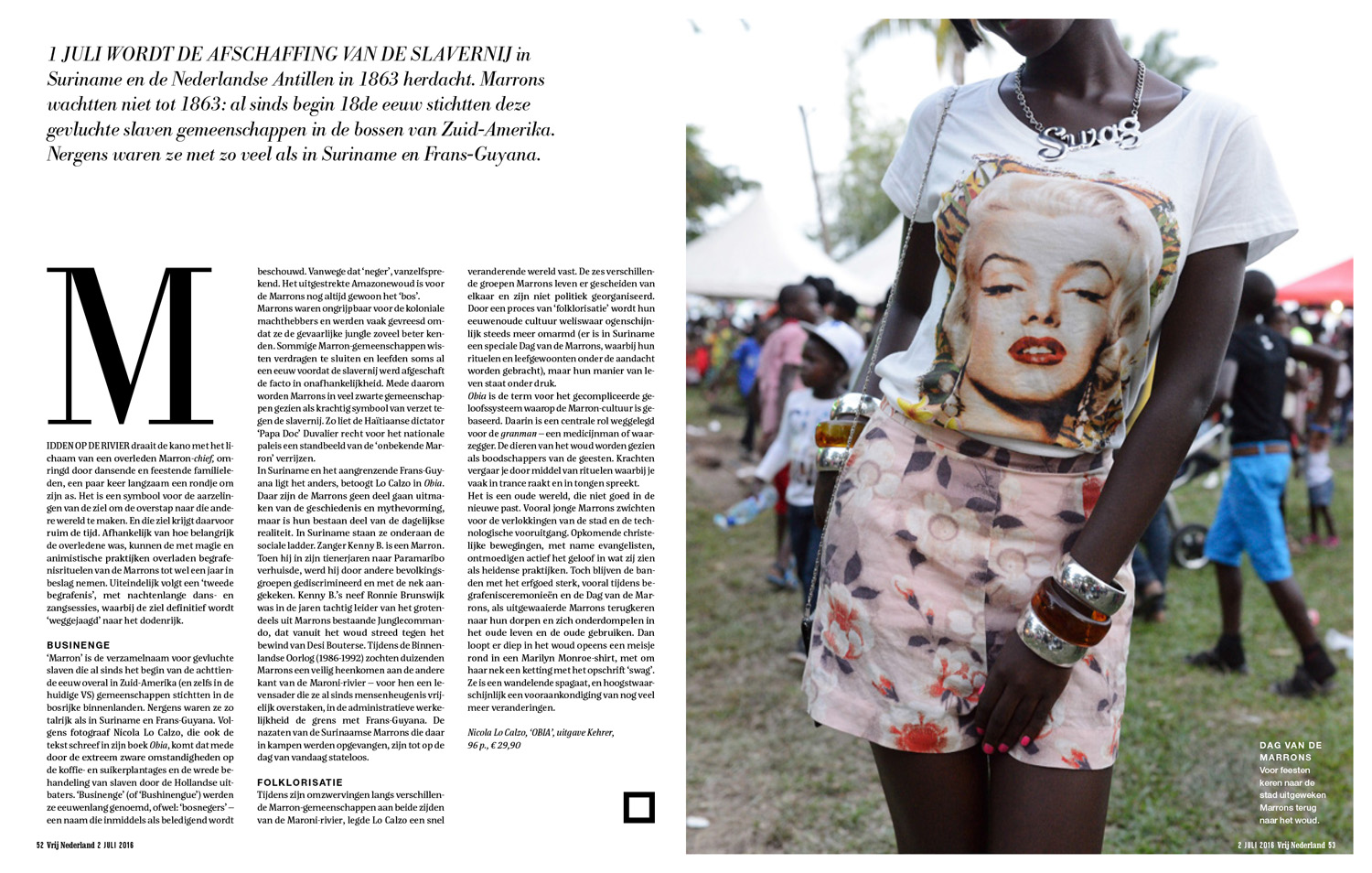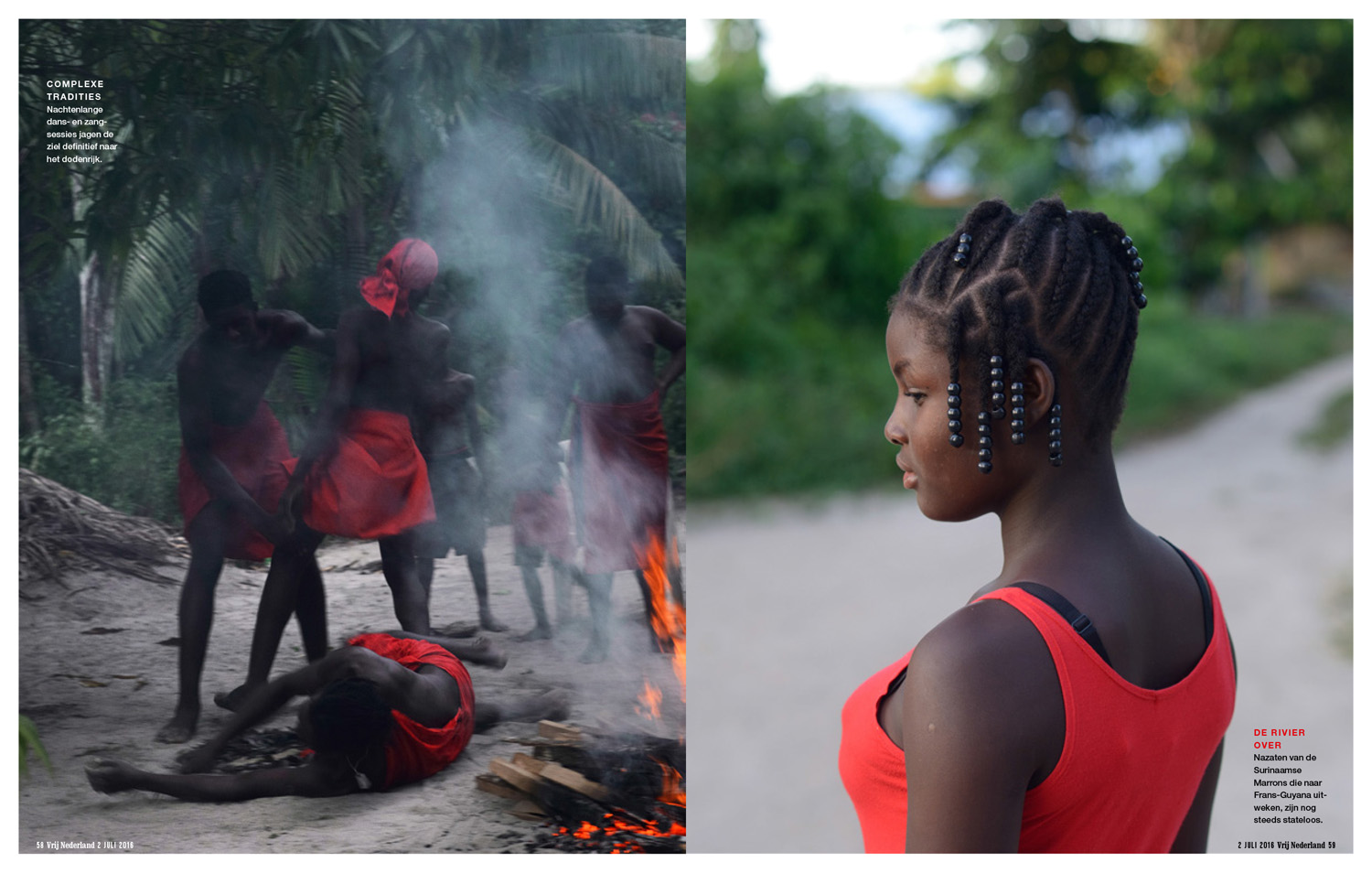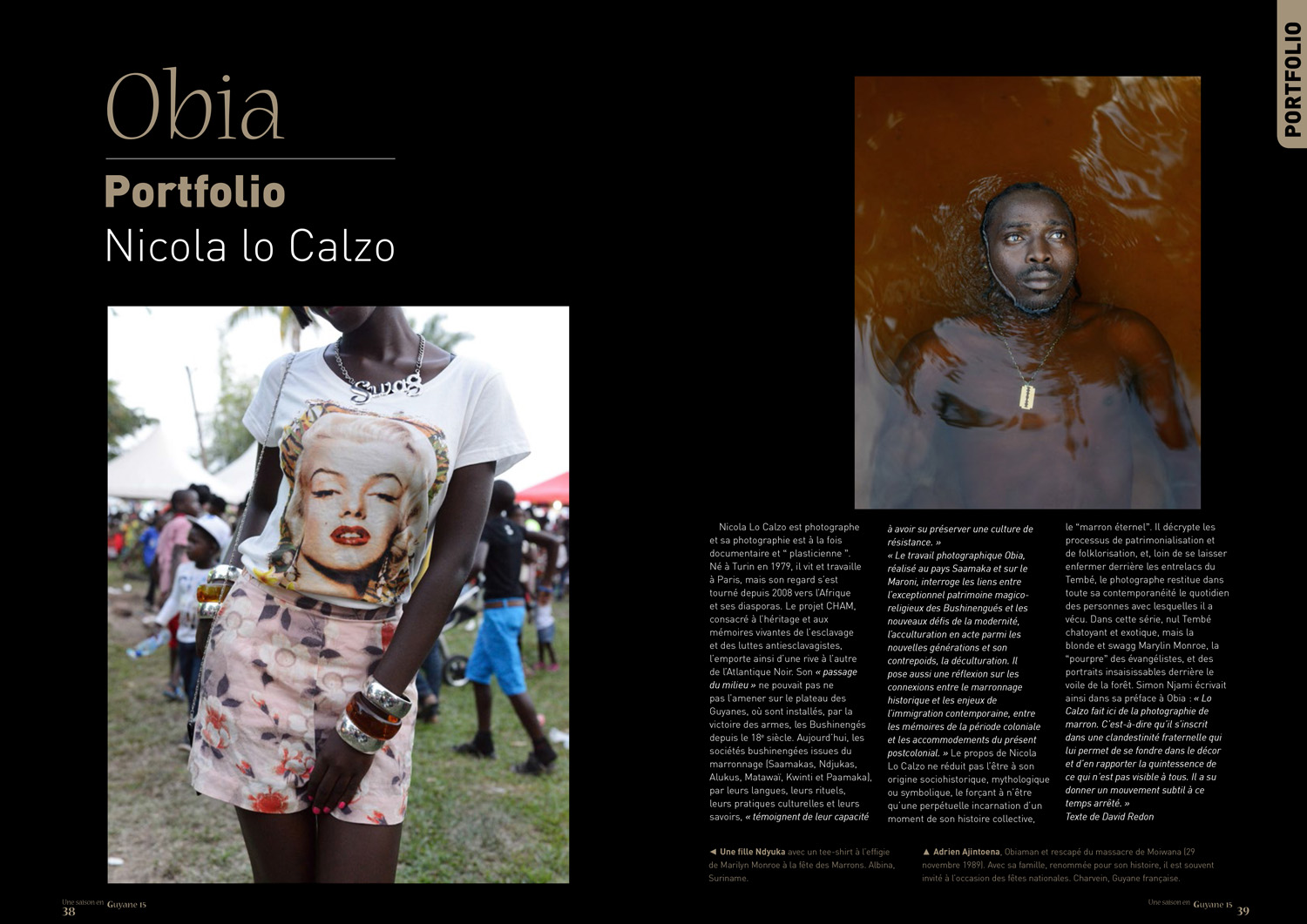Obia : Maroons of the Guianas from Antislavery Struggles to Mass Society
Despite having played a fundamental role in the anti-slavery struggle and identity construction of the African Diaspora in the Americas, Marronage is still poorly understood.
Marronage is without a doubt the form of slave resistance that has most fed the imagination of Black communities in the Americas. Having equally had a great impact on the western intellectual sphere since its inception, as captured by William Blake’s iconic illustrations in the 18th century, Marronnage is today undergoing a heightened interest among artists, writers, researchers and activists. Marronnage created communities that wrested themselves free of slavery and proclaimed their sovereignty in the New World. These communities of runaway slaves were found throughout the Americas, from Louisiana, to Jamaica, Cuba, Haiti, Colombia, Brazil, and the two Guianas, among others. Some of the descendants of these societies continue to exist today.
They are the gatekeepers of a little known self-emancipation narrative. This is the story of the Maroons of the Guianas, also known as Businenge or Bushinengue. Maroons were especially numerous in the Dutch colony of Suriname (and a small number moved into the western part of French Guiana during the mid 18th century), in part due to the extreme forms of brutality meted out to enslaved peoples on these colonial plantations.
Today, Suriname and French Guiana count six groups of Maroons: Saamaka, Ndyuka, Aluku, Pamaka, Matawai and Kwinti. Having evolved alongside Amerindian societies, Maroons are increasingly confronted with the complexities of the transmission of their heritage - mostly based on oral tradition - within a broader society that favours urban models of integration. The new societies in which they find themselves when they move to the cities, do not consider the specificities of their culture nor their claims as indigenous peoples. After abandoning their forest-nestled communities and migrating to urban centres, new forms of identity have come to the fore, as younger Maroons turn their backs on traditional practices in favour of new success-oriented societal values.
The Obia photographic project -- undertaken in the historical Maroon territories of Saamaka-Land and Maroni-Land, in both Suriname and French Guiana – seeks to interrogate the links between the exceptional magical-religious legacy of Maroon people and the new challenges that stem from modernity: the ongoing acculturation among new generations and the counterweight produced by deculturation. Additionally, Obia calls for a rethink of the connections between historical marronage and challenges pertaining to contemporary immigration and, not least, between the memories of the colonial past and accommodations with the postcolonial present.
Nicola Lo Calzo
Bibliography
Au-delà de la destruction, de l’abandon des quartiers inondés et de l’augmentation exponentielle du chômage, le fait le plus significatif de l’ouragan Katrina en 2005 a été de dévoiler au monde entier, non sans un certain embarras, que la ville de New Orleans était restée la même depuis l’époque de la ségrégation raciale et, même plus loin, de la société esclavagiste. Les fantômes du racisme et de la ségrégation se sont matérialisés face aux images des maisons qui, éventrées par la force de l’ouragan, ne camouflaient plus la pauvreté et la misère qui y régnaient. Et dans ces maisons habitaient surtout des Afro Américains.
